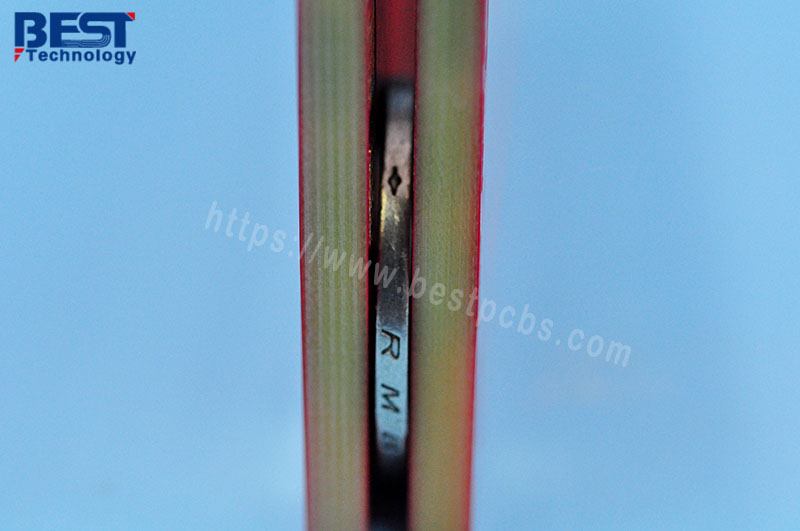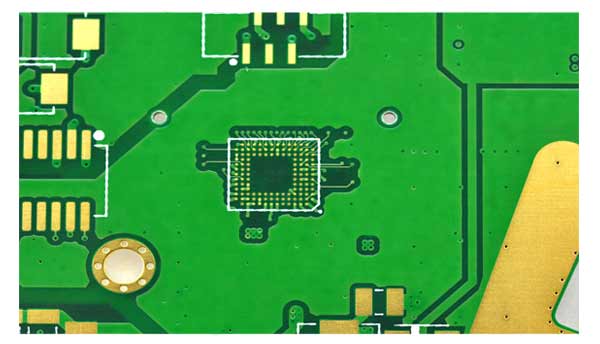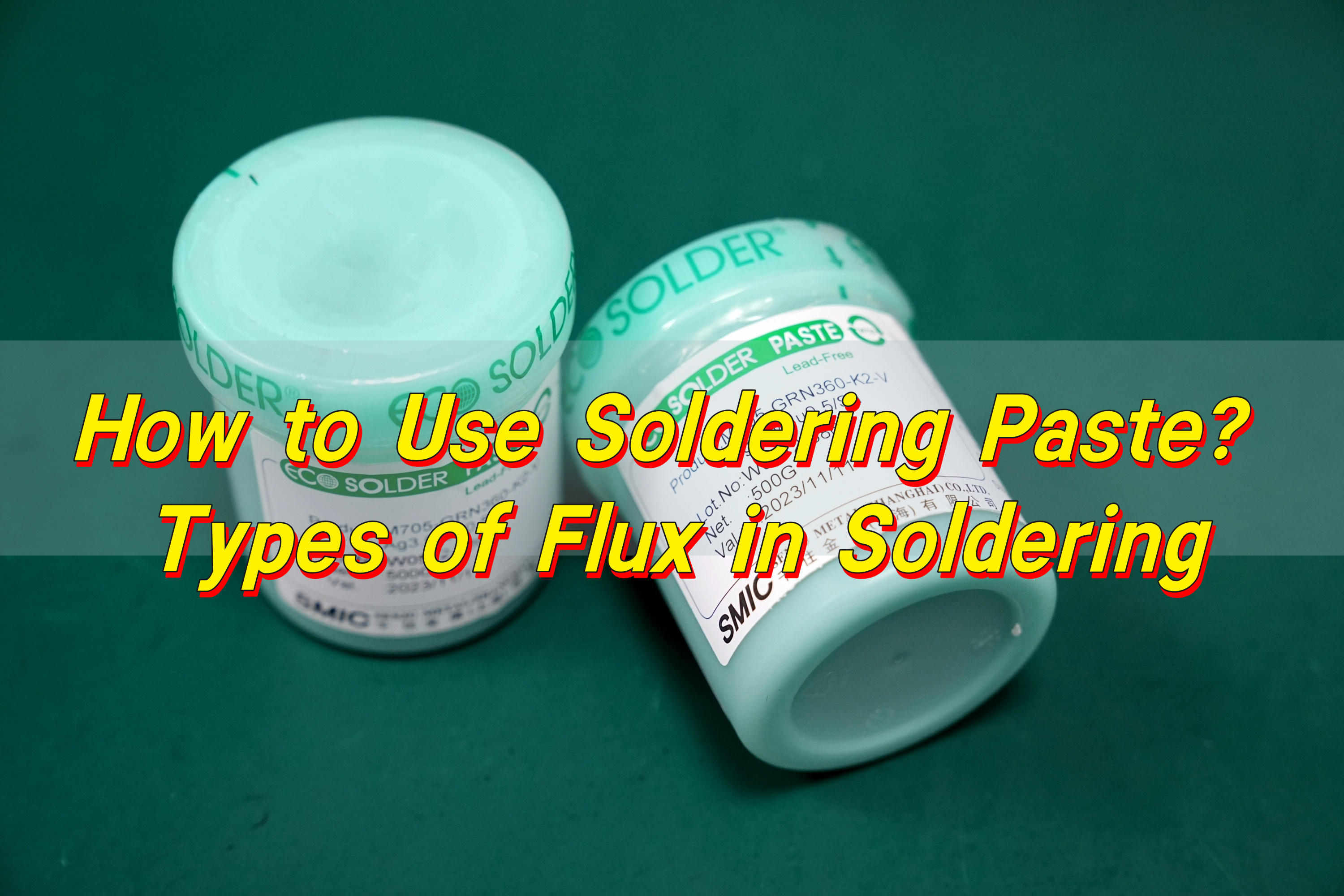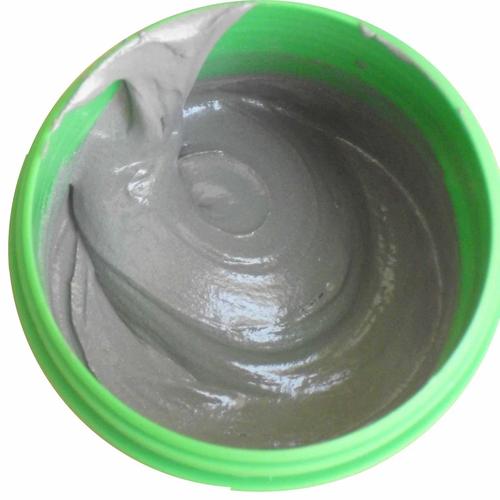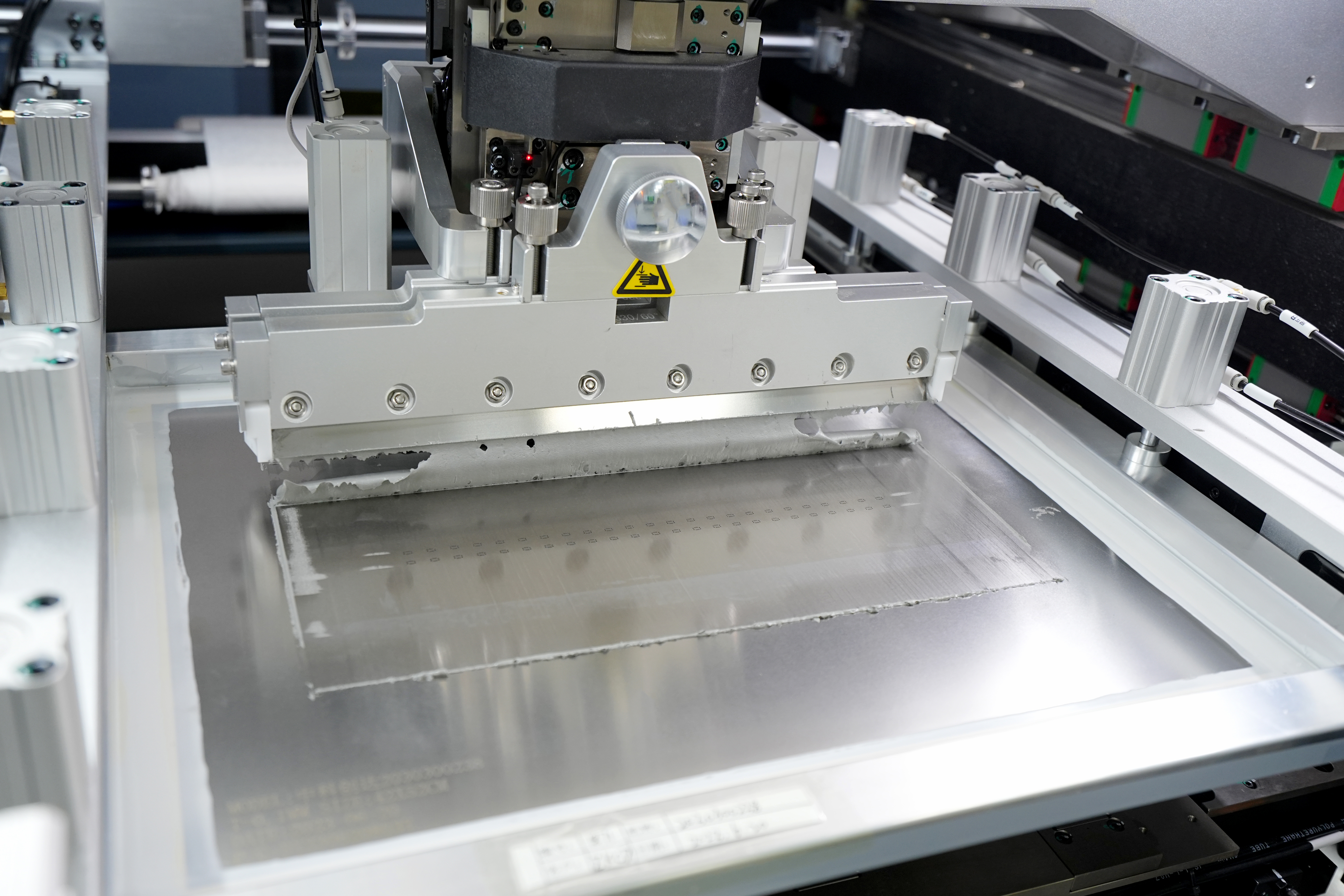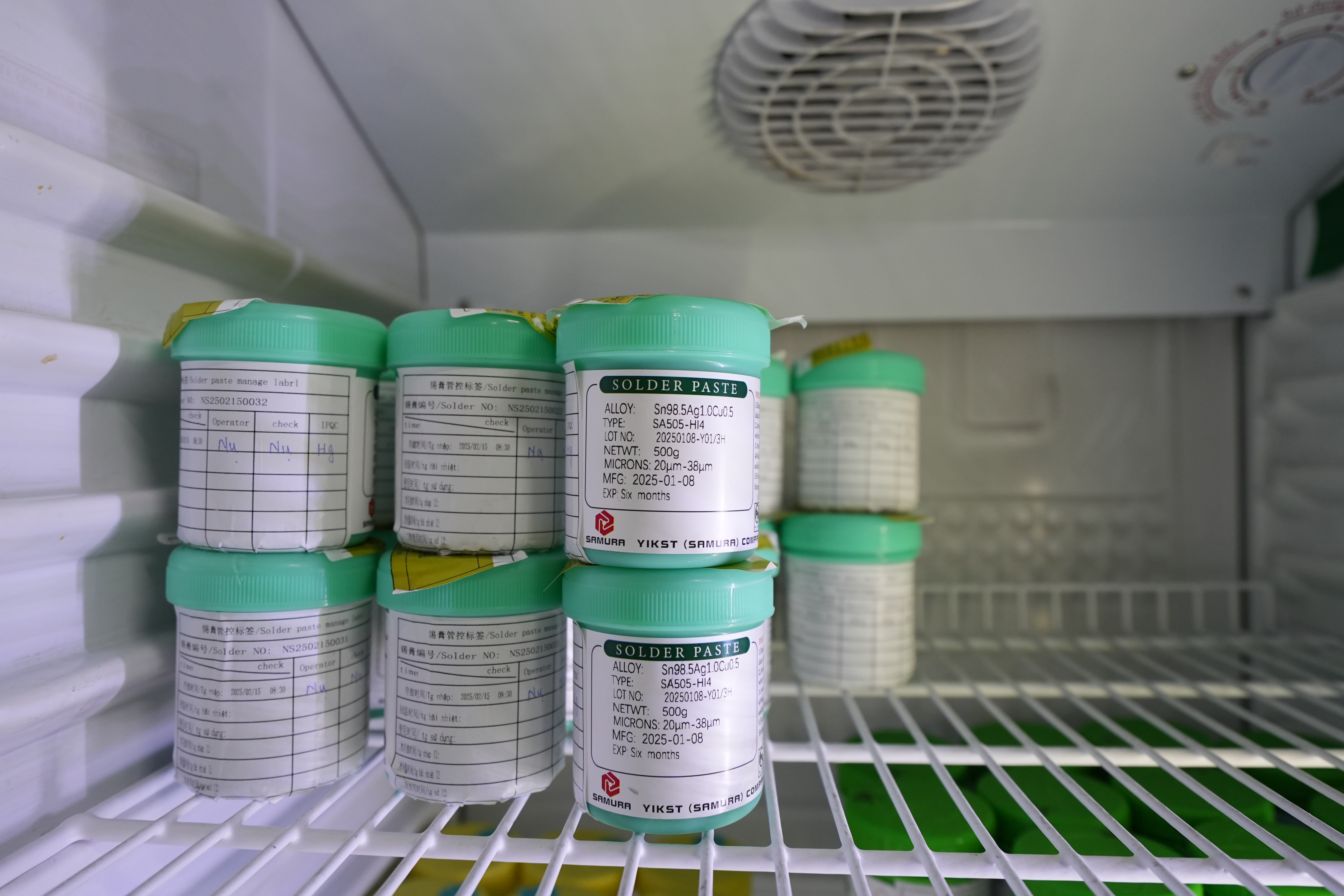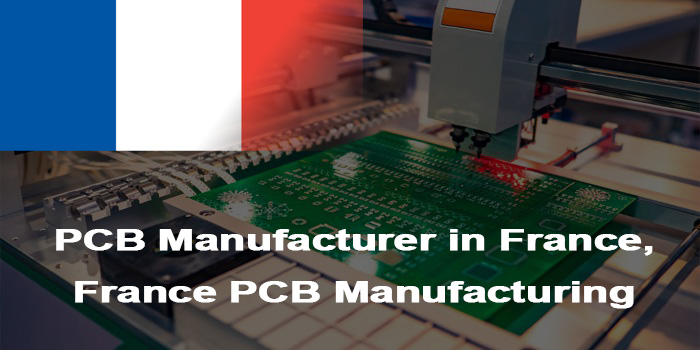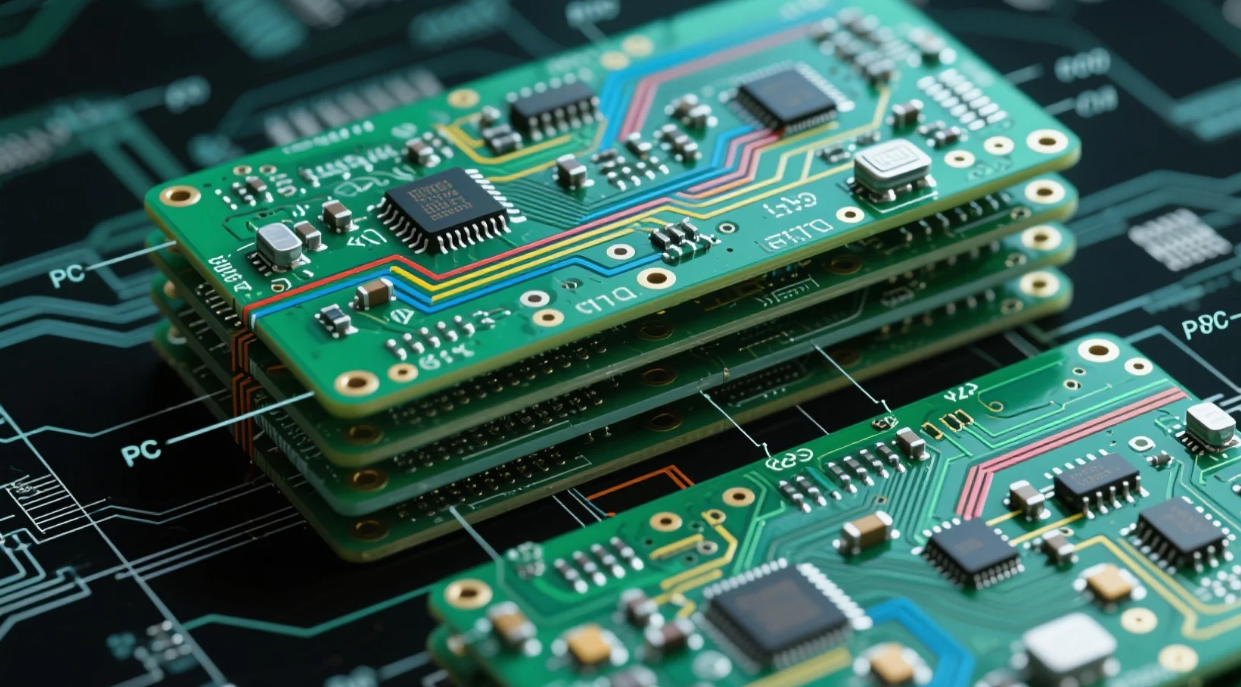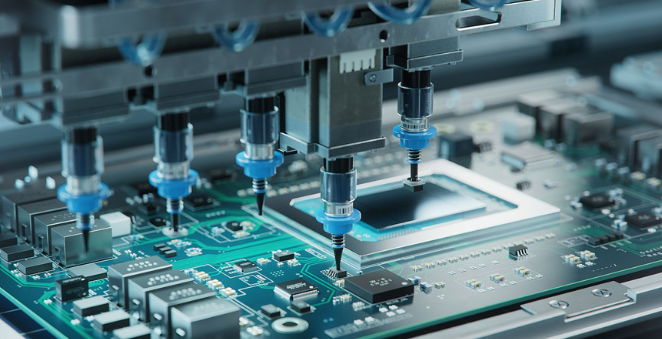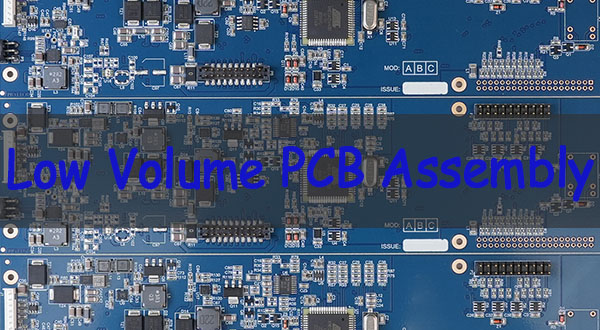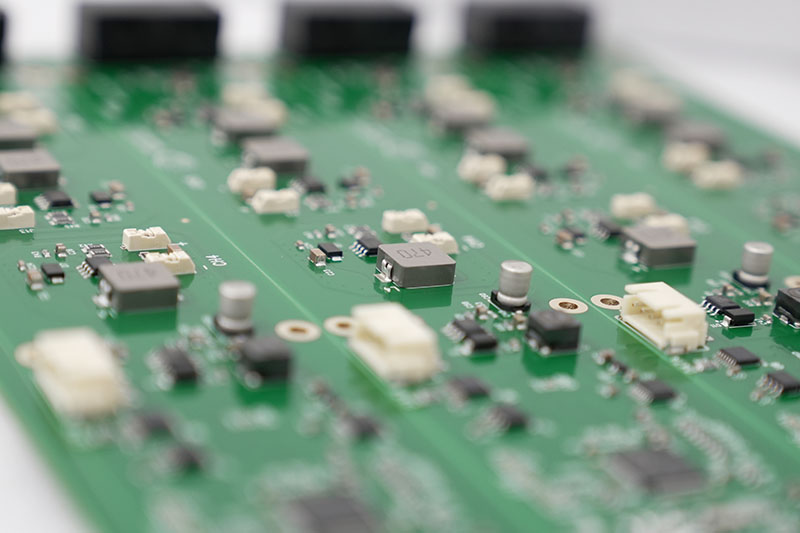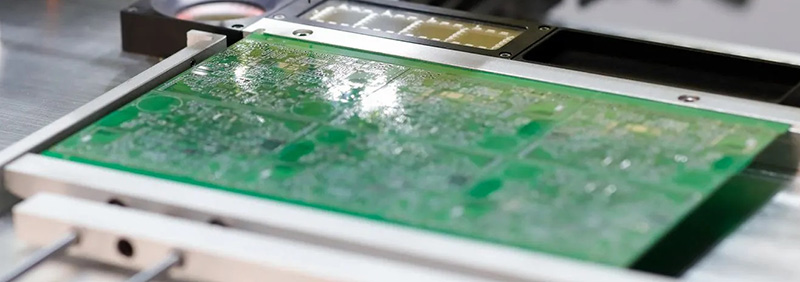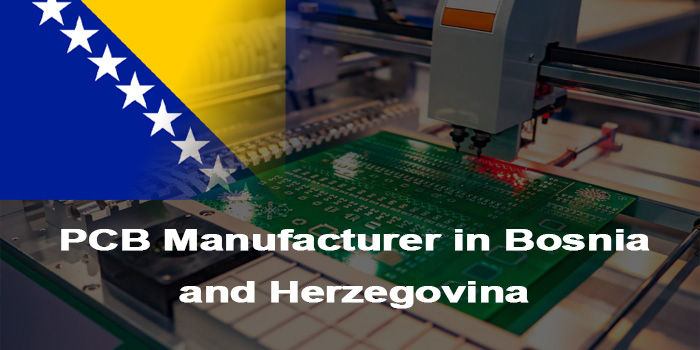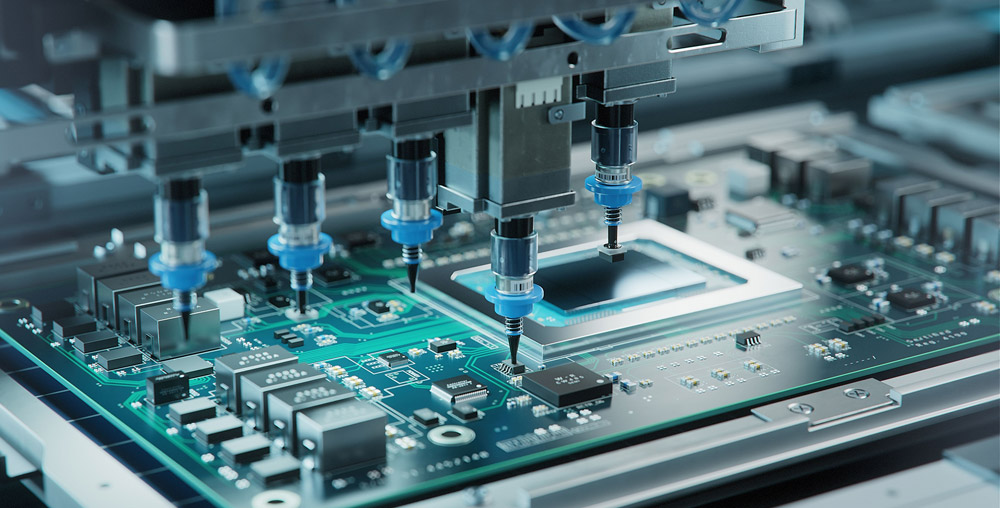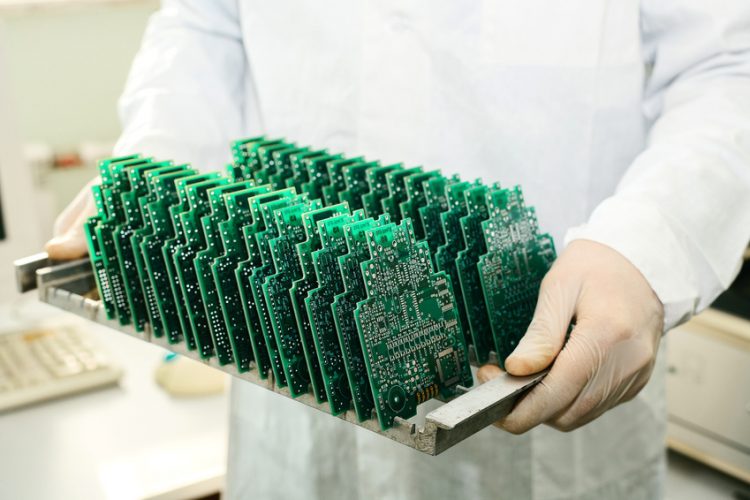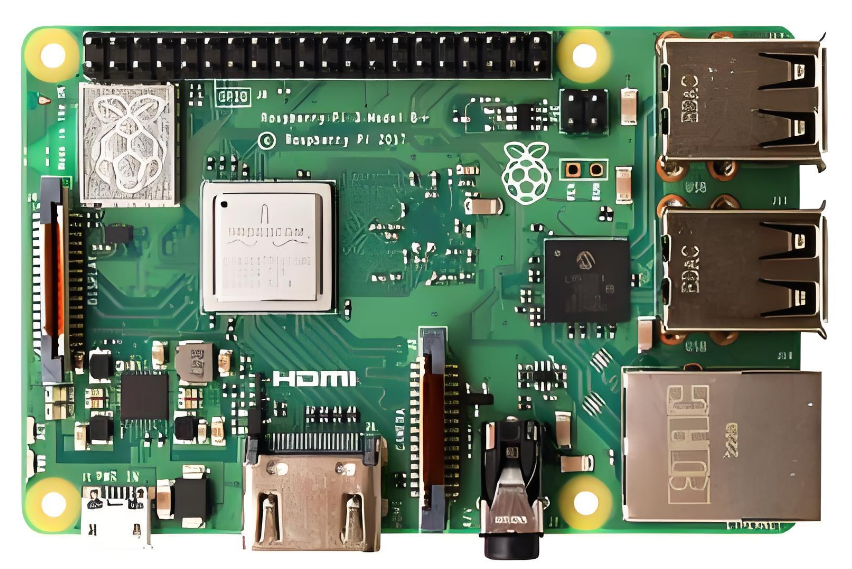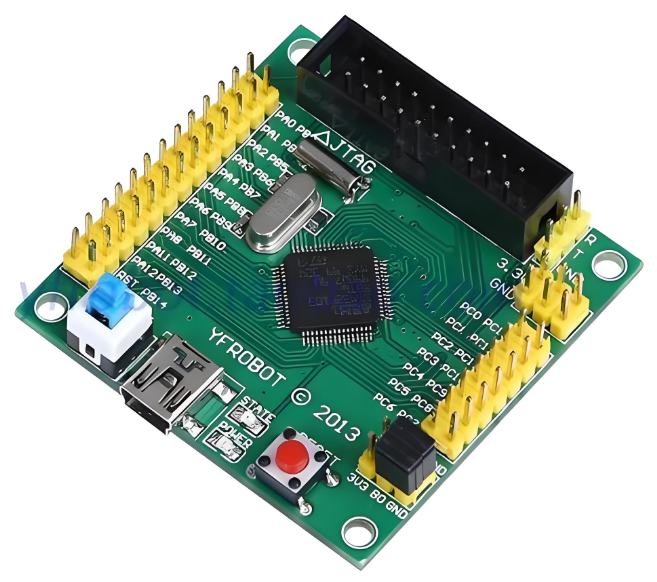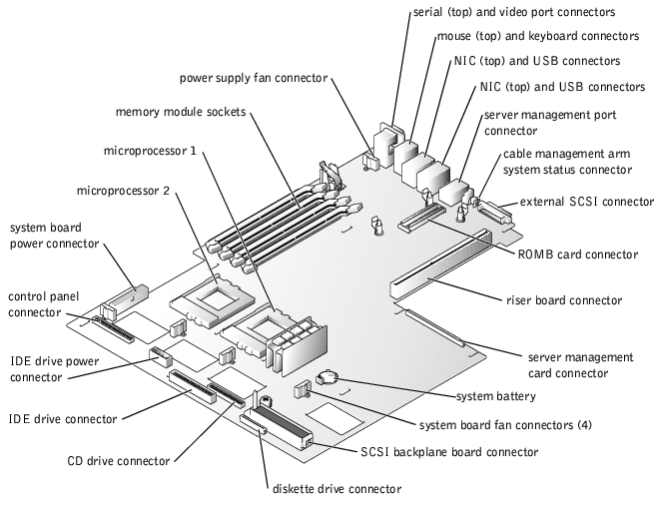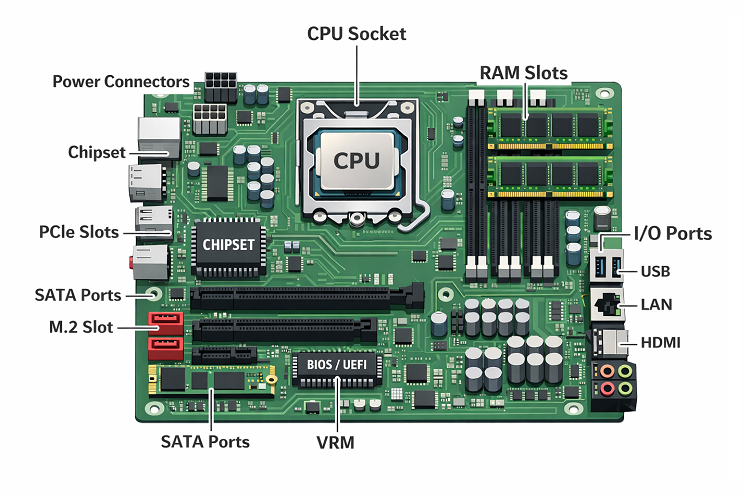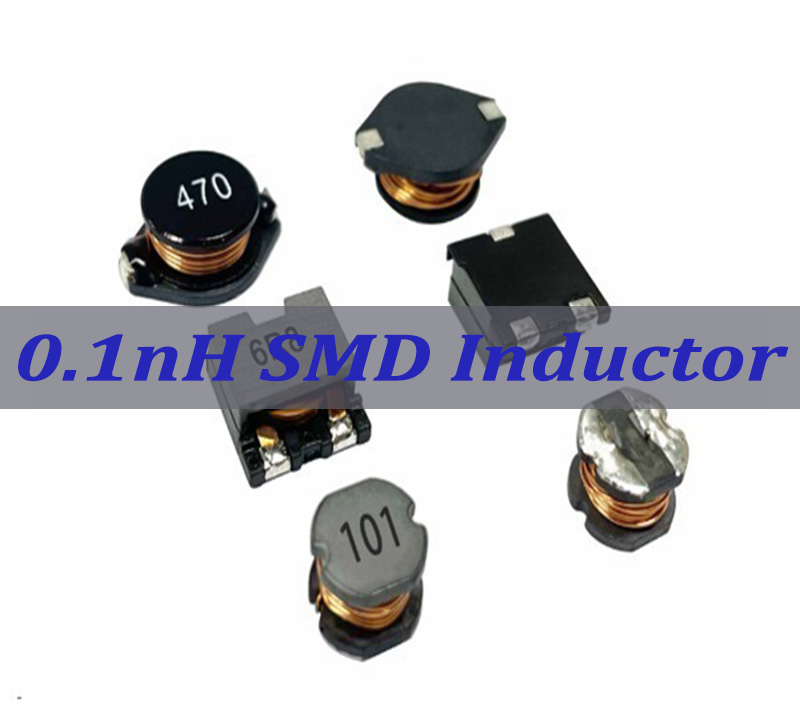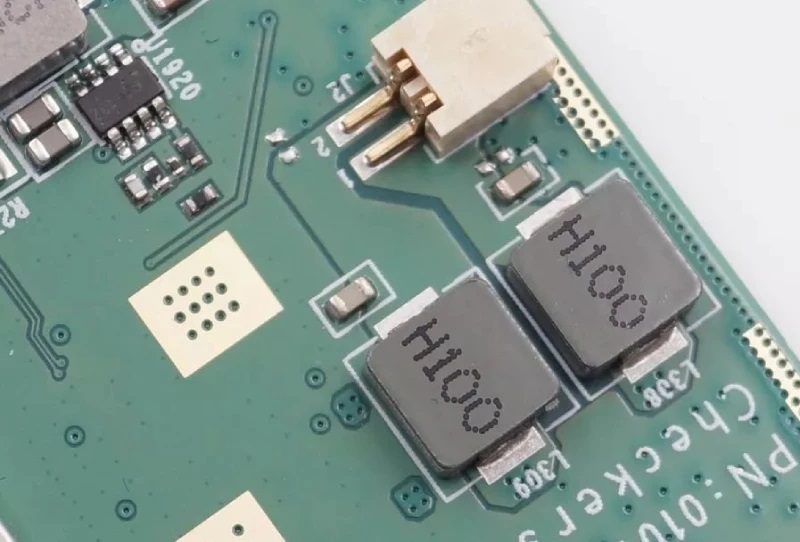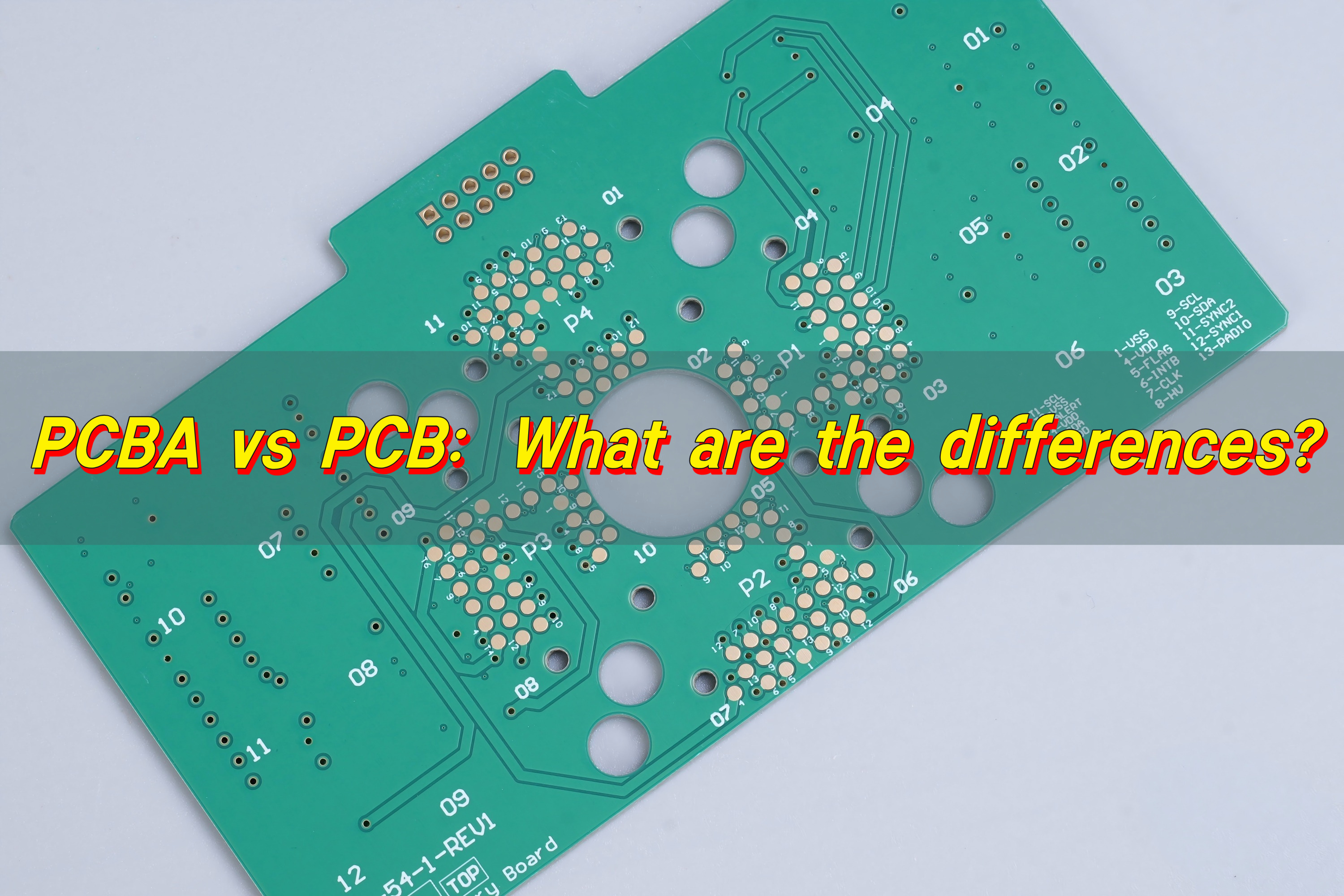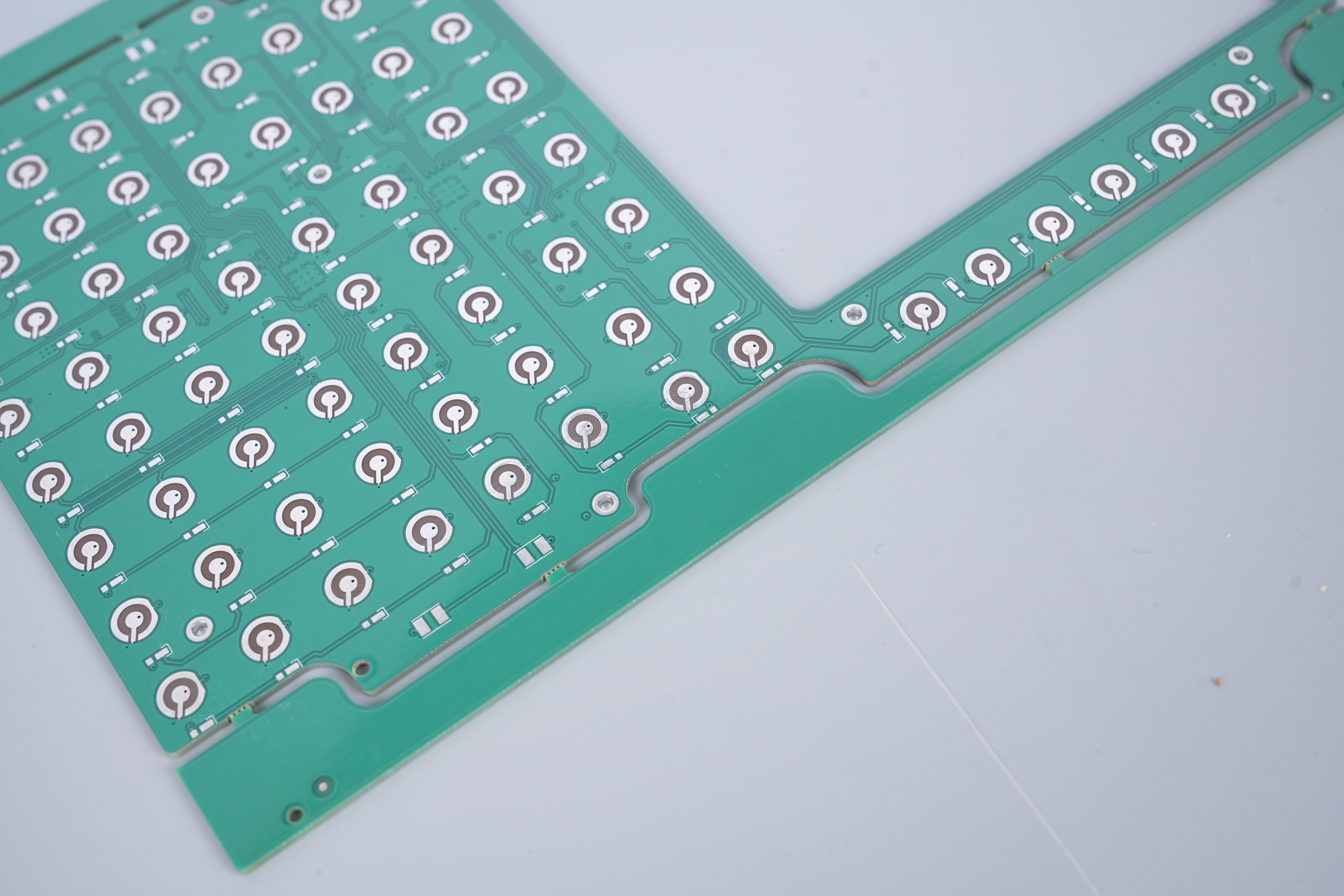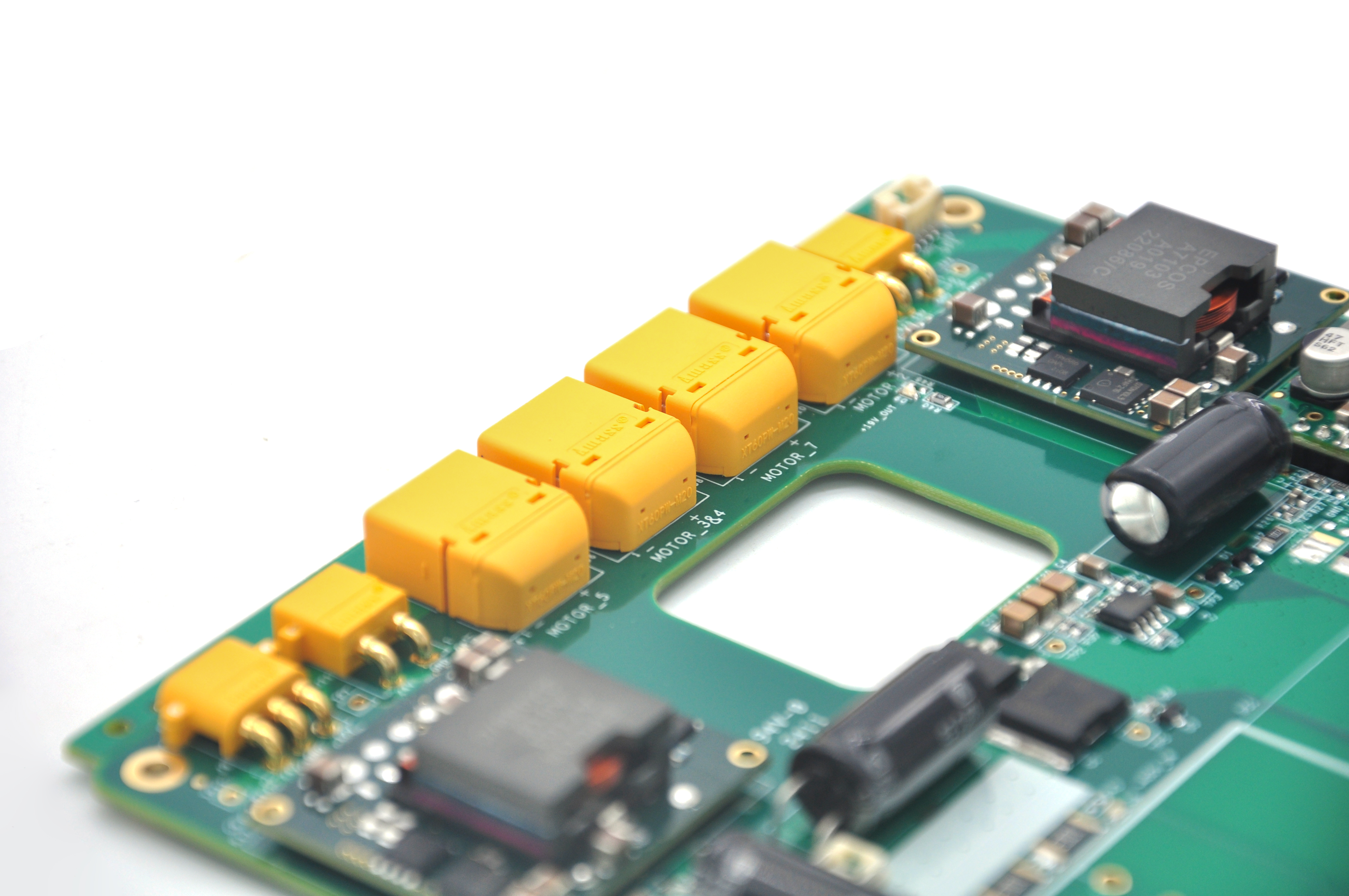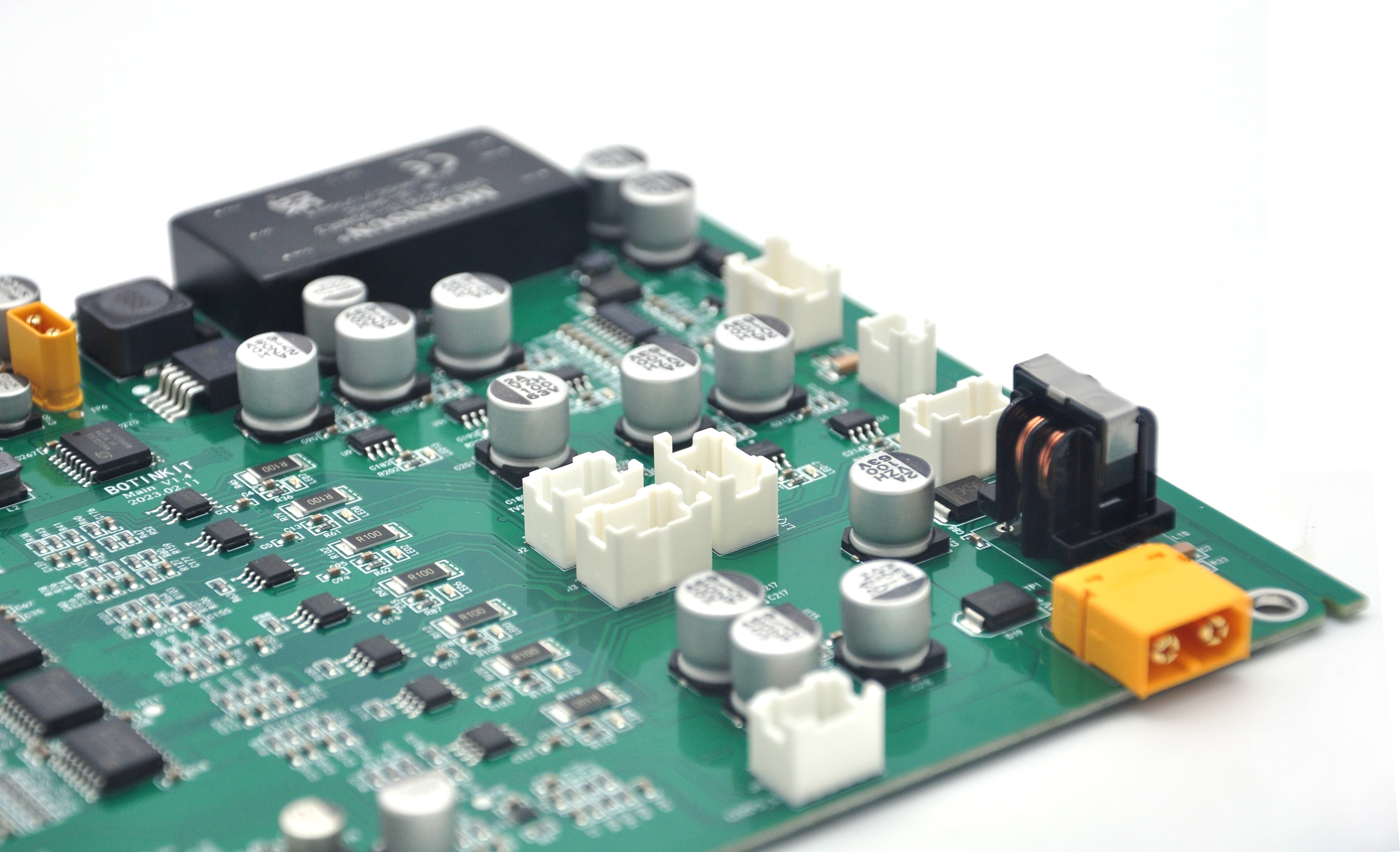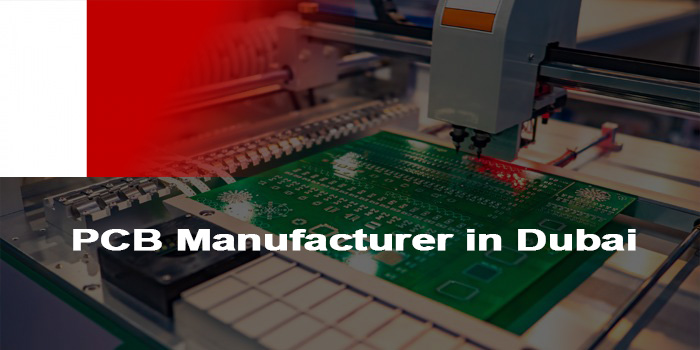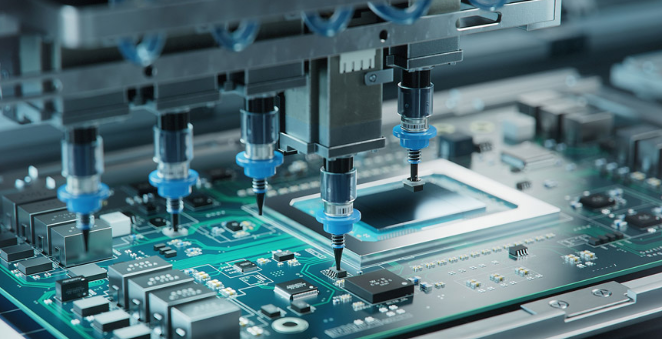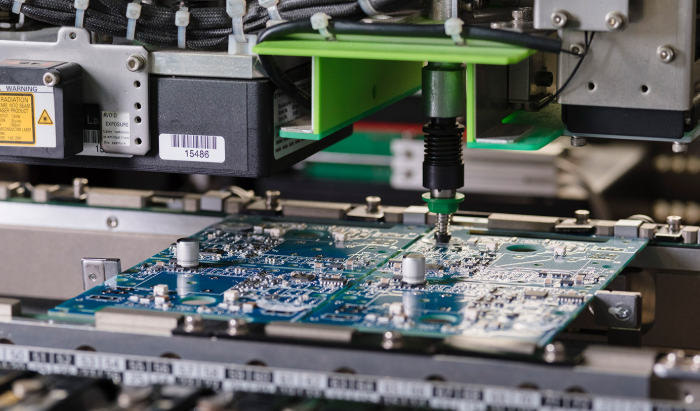Are you struggling to find a reliable PCB manufacturer in Czech? This guide compares top 10 suppliers, evaluates production capacity and quality control, analyzes delivery timelines.
Choosing a reliable PCB manufacturer in Czech is crucial for ensuring the smooth progress of electronic projects. The Czech Republic, as a key high-tech hub in Central Europe, has a dynamic PCB manufacturing industry that caters to diverse needs from various sectors. This guide highlights the top 10 PCB manufacturers in Czech, provides practical insights for selecting and evaluating manufacturers, and addresses common industry pain points. Whether you are seeking rapid prototyping or mass production, understanding the strengths of each PCB manufacturer in Czech and mastering the selection criteria will help you make informed decisions and avoid project delays or quality issues.
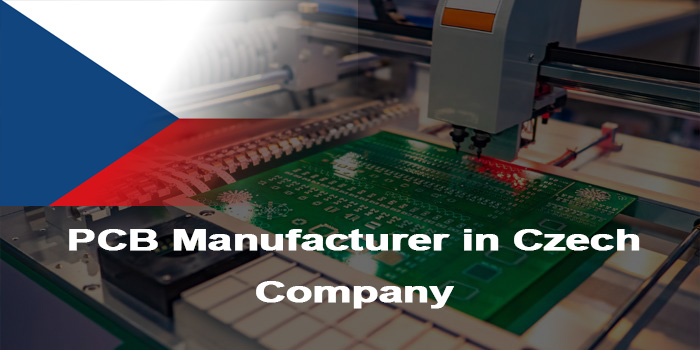
Are You Facing the Following Problems?
- Is the prototyping cycle of PCB products too long, which delays the overall project progress?
- Does the manufactured PCB have quality defects, leading to frequent rework and increased costs?
- Is there a lack of professional support for PCB design, resulting in mismatches between design schemes and production processes?
- Are the prices of local PCB manufacturing services too high, making it difficult to control project costs?
- Can’t find manufacturers that can meet the urgent order requirements, resulting in failure to deliver products on time?
- Is the after-sales service not in place, and no effective solutions are provided when problems occur in PCB products?
Full-Process Guarantee from Demand to Delivery
- Efficient prototyping service: Provide 24-hour rapid prototyping for urgent orders, and shorten the prototyping cycle to the greatest extent to ensure that the project progresses as scheduled.‚Äč
- Strict quality control system: Implement full inspection for batch production, with multiple quality inspection links from raw material incoming to finished product delivery, to avoid quality defects and reduce rework costs.‚Äč
- Professional design support: Provide free DFM analysis to check and optimize the design scheme in advance, ensuring that the design is compatible with the production process.‚Äč
- Cost-sensitive solutions: Formulate personalized cost-saving schemes according to the project needs, and rely on bulk purchasing advantages to reduce material costs while ensuring quality.‚Äč
- Efficient emergency response mechanism: Set up a special team to undertake urgent orders, ensuring that each urgent task is completed on time and with quality guaranteed.‚Äč
- Comprehensive after-sales service: Establish a professional after-sales team to respond to product problems in a timely manner and provide effective solutions to eliminate worries.
Why Choose EBest Circuit (Best Technology) for PCB Manufacturer?
- Competitive price: Rely on mature supply chain resources and bulk purchasing advantages to provide cost-effective PCB manufacturing services, and formulate cost-sensitive solutions according to customer needs.‚Äč
- 24-hour rapid prototyping: Equipped with advanced prototyping equipment and professional technical teams, it can complete urgent PCB prototyping orders within 24 hours to meet the urgent needs of projects.‚Äč
- Fast delivery: The order on-time rate reaches 99.2%, relying on scientific production scheduling and efficient logistics system to ensure that products are delivered to customers on time.‚Äč
- High quality guarantee: Implement strict quality control processes, carry out full inspection for batch production, and the defective rate is controlled at a very low level.‚Äč
- 19 years of production experience: Rich industry experience and a complete production error database can effectively avoid common production problems and help customers reduce costs.‚Äč
- Free DFM analysis: Provide free design for manufacturability analysis services, optimize design schemes in advance, and improve production efficiency.‚Äč
- Complete certification system: Obtained ISO9001:2015, ISO13485:2016, REACH, RoHS, IATF16949 and other authoritative certifications, ensuring that products meet international standards.‚Äč
- Personalized customization service: Can meet the personalized needs of different projects, providing one-stop PCB manufacturing services from design optimization to finished product delivery.
Top 10 PCB Manufacturer in Czech
| Company Name | Main Business | Core Advantages | Process Capability | Delivery Time |
| EBest Circuit (Best Technology) Co.,Ltd | PCB prototyping, batch manufacturing, design optimization, DFM analysis | 24-hour rapid prototyping, 99.2% on-time delivery rate, complete certifications, free DFM analysis | Supports multi-layer PCB (up to 32 layers), HDI PCB, rigid-flex PCB, minimum line width/spacing 3mil/3mil | Prototyping: 24-48 hours; Batch: 3-7 working days |
| Kens d.o.o. | PCB assembly, prototype electronics manufacturing, PCB subcontracting | International project experience, professional technical team, strict quality control | Standard multi-layer PCB, SMT assembly, prototype customization | Prototyping: 3-5 working days; Batch: 7-10 working days |
| Elmont d.o.o. | PCB manufacturing, PCBA assembly, component procurement | Localized service, fast response, cost-effective, after-sales support | 1-16 layer PCB, rigid PCB, standard line width/spacing 6mil/6mil | Prototyping: 4-6 working days; Batch: 5-8 working days |
| Tekno Elektro d.o.o. | PCB design, prototyping, batch manufacturing, assembly | One-stop service, design support, high precision | HDI PCB, rigid-flex PCB, min 4mil/4mil line width/spacing, up to 24 layers | Prototyping: 2-4 working days; Batch: 6-9 working days |
| Elektro Plus d.o.o. | PCB manufacturing, PCBA testing, component distribution | Stable supply chain, strict incoming inspection, fast delivery | 1-12 layer PCB, standard manufacturing, conventional surface treatment | Prototyping: 3-5 working days; Batch: 4-7 working days |
| Midas Electronics d.o.o. | High-precision PCB, medical/industrial control PCB | ISO13485 certified, medical-grade quality, customization capability | High-precision multi-layer (up to 28 layers), medical special materials | Prototyping: 5-7 working days; Batch: 8-12 working days |
| Nova PCB d.o.o. | PCB prototyping, small-batch manufacturing, repair/maintenance | Small-batch flexibility, low MOQ, fast prototyping | 1-8 layer PCB, conventional prototyping, simple surface treatment | Prototyping: 2-3 working days; Batch: 5-8 working days |
| Euro Circuit d.o.o. | PCB manufacturing, PCBA assembly, product testing | International certifications, high production capacity, bulk supply | Mass production of 1-20 layer PCB, automated assembly, high efficiency | Prototyping: 4-6 working days; Batch: 7-10 working days |
| Tech Print d.o.o. | PCB design, prototyping, special PCB (high temp/high freq) | Special PCB expertise, material variety, R&D capability | High-temp/high-freq PCB, 1-16 layer, min 5mil/5mil line width/spacing | Prototyping: 5-7 working days; Batch: 9-12 working days |
| Prime Electronics d.o.o. | PCB manufacturing, PCBA assembly, logistics | Integrated logistics, door-to-door delivery, after-sales response | 1-14 layer PCB, conventional processes, stable quality | Prototyping: 3-5 working days; Batch: 6-9 working days |
How to Choose a PCB Manufacturer in CzechÔľü
Selection Guide to PCB Manufacturer in Czech:
- Verify the manufacturer’s certification validity, focusing on whether it has certifications matching your project needs (e.g., ISO13485 for medical projects, IATF16949 for automotive projects) and check the latest certification update documents.‚Äč
- Evaluate production capacity by requesting a process capability sheet, confirming maximum PCB layers (e.g., 16-layer or 32-layer), minimum line width/line spacing (e.g., 3mil/3mil), and whether it supports special processes like HDI or rigid-flex PCB.‚Äč
- Investigate delivery capability by asking for the past 6-month on-time delivery rate data, and confirming the shortest lead time for urgent prototypes (e.g., 24-hour delivery) and batch order lead time guarantee measures.‚Äč
- Assess the quality control system: check if it has incoming material inspection (e.g., copper clad laminate testing), in-process AOI inspection, and finished product X-ray testing; request to view sample quality inspection reports.‚Äč
- Clarify service capabilities: confirm if free DFM analysis is provided and its feedback cycle (e.g., within 24 hours), and whether it offers one-stop services like design optimization and PCBA assembly.‚Äč
- Compare cost-effectiveness: obtain detailed quotes from at least 3 manufacturers, clarify if the price includes surface treatment and testing; prioritize manufacturers with transparent pricing and consistent quality.‚Äč
- Investigate industry reputation: check user reviews on professional PCB platforms, and ask the manufacturer to provide 2-3 relevant project cases in the same industry for reference.‚Äč
- Confirm after-sales service: clarify the warranty period (e.g., 1 year for regular PCBs), and the response time (e.g., within 48 hours) and solution for quality issues such as rework or replacement.
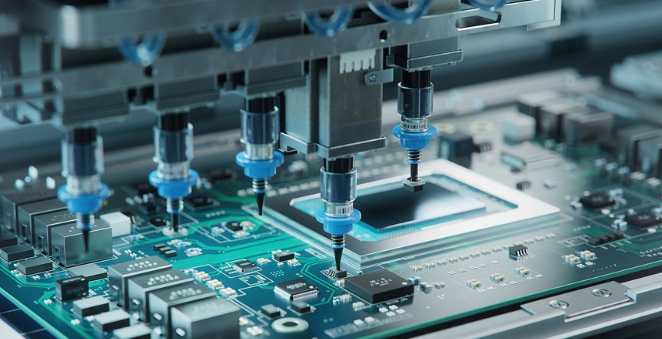
How to Evaluate the Production Capacity of PCB Manufacturer in CzechÔľü
Evaluation Guide to Production Capacity of PCB Manufacturer in Czech:
- Certification Validity Verification: Verify the manufacturer’s certification validity, focusing on whether it has certifications matching project needs (e.g., ISO13485 for medical projects, IATF16949 for automotive projects) and check the latest certification update documents.‚Äč
- Production Capability Evaluation: Request a process capability sheet to confirm key indicators such as maximum PCB layers (e.g., 16-layer or 32-layer), minimum line width/line spacing (e.g., 3mil/3mil), and support for special processes like HDI or rigid-flex PCB.‚Äč
- Delivery Capability Investigation: Ask for the past 6-month on-time delivery rate data, and confirm the shortest lead time for urgent prototypes (e.g., 24-hour delivery) and batch order lead time guarantee measures.‚Äč
- Quality Control System Assessment: Check if the manufacturer has incoming material inspection (e.g., copper clad laminate testing), in-process AOI inspection, and finished product X-ray testing; request to view sample quality inspection reports.‚Äč
- Service Capability Clarification: Confirm if free DFM analysis is provided and its feedback cycle (e.g., within 24 hours), and whether one-stop services like design optimization and PCBA assembly are available.‚Äč
- Cost-Effectiveness Comparison: Obtain detailed quotes from at least 3 manufacturers, clarify if the price includes surface treatment and testing; prioritize manufacturers with transparent pricing and consistent quality.‚Äč
- Industry Reputation Investigation: Check user reviews on professional PCB platforms, and ask the manufacturer to provide 2-3 relevant project cases in the same industry for reference.‚Äč
- After-Sales Service Confirmation: Clarify the warranty period (e.g., 1 year for regular PCBs), and the response time (e.g., within 48 hours) and solutions for quality issues such as rework or replacement.
How to Check the Quality Control of PCB Manufacturing Company Czech?
Check Guide to Quality Control of PCB Manufacturer in Czech:
- Quality Control Documentation Review: Request the latest quality management manual and key process (etching, electroplating) operation procedures to confirm document completeness and validity.‚Äč
- Raw Material Incoming Inspection Check: Confirm testing items for key materials (e.g., copper clad laminate thickness/dielectric constant, ink adhesion) and review incoming inspection records.‚Äč
- In-Process Quality Control Verification: Check if inspection points are set for key processes (etching: line width consistency; electroplating: layer thickness) and confirm inspection frequency.‚Äč
- Finished Product Inspection Standard Review: Confirm batch full inspection items (appearance, dimension, conductivity) and check if the inspection criteria are in line with industry standards.‚Äč
- Testing Equipment Configuration Check: Confirm the type (AOI, X-ray) and quantity of testing equipment, and verify equipment calibration records to ensure detection accuracy.‚Äč
- Defective Product Handling Mechanism Investigation: Clarify the process of defective product identification, isolation, cause analysis, and preventive measures, and review recent defective product handling records.‚Äč
- Quality Traceability System Assessment: Verify if each batch can be traced to raw material batch, production process, and inspector information, and test traceability operability.‚Äč
- Customer Complaint Rate & Handling Efficiency Evaluation: Request the past 6-month complaint rate data and confirm the average handling time (required within 48 hours) and solution effectiveness.
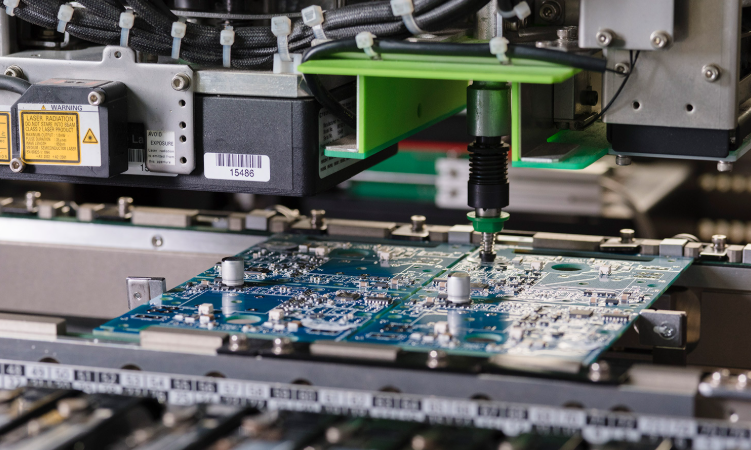
How to Evaluate the Delivery Time of PCB Manufacturer in Czech?
Evaluation Guide to Delivery Time of PCB Manufacturer in Czech:
- Promised Delivery Time Confirmation: Request written delivery time commitments (e.g., contract clauses) for prototyping, small-batch, and large-batch orders to avoid verbal disputes.‚Äč
- On-Time Delivery Rate Verification: Ask for the past 6-month on-time delivery rate report (with order batch breakdown) instead of relying solely on customer reviews.‚Äč
- Urgent Order Response Evaluation: Confirm the emergency order process document and minimum delivery time (e.g., 24h prototyping) with actual order completion cases.‚Äč
- Production Scheduling Capability Check: Request a production scheduling system demo or sample schedule to confirm its ability to match order quantity and delivery requirements.‚Äč
- Logistics System Investigation: Check the qualification of cooperative logistics providers and obtain written logistics delivery time commitments (e.g., local delivery within 1-2 days).‚Äč
- Delay Handling Measures Confirmation: Clarify the delay compensation clause (e.g., penalty for delayed delivery) and alternative delivery solutions in the cooperation agreement.‚Äč
- Progress Communication Mechanism Verification: Confirm the regular progress feedback method (e.g., daily email) and response time for delivery inquiries (within 24h).‚Äč
- Unexpected Event Response Assessment: Ask for equipment failure or material shortage contingency plans and past cases of ensuring delivery progress under emergencies.
FAQs of PCB Manufacturing in Czech
Q1: Poor solderability of PCB prototypes affecting assembly?‚Äč
A1: Choose manufacturers using high-quality surface treatment materials (HASL, ENIG). We use imported materials and strict process control; free rework/remanufacturing within 24 hours for related issues.‚Äč
Q2: PCB size mismatch with design drawings causing assembly difficulties?‚Äč
A2: Caused by inaccurate production parameters. We adopt pre-production verification and high-precision cutting, with size inspection before delivery; free rework for deviations.‚Äč
Q3: Delayed batch PCB delivery affecting project progress?‚Äč
A3: Choose manufacturers with scientific scheduling. Our intelligent platform ensures 99.2% on-time delivery; we provide real-time progress feedback and can start urgent order production within 2 hours.‚Äč
Q4: PCB edge burrs risking short circuits?‚Äč
A4: Caused by low-precision cutting or improper parameters. We use advanced CNC cutting and additional deburring processes; edge quality is strictly inspected before delivery, with no unqualified products released.‚Äč
Q5: Design-production incompatibility leading to frequent modifications and high costs?‚Äč
A5: Conduct DFM analysis in advance. We offer free DFM analysis to optimize designs (component layout, line width) and avoid incompatibility, reducing modification times and costs.




